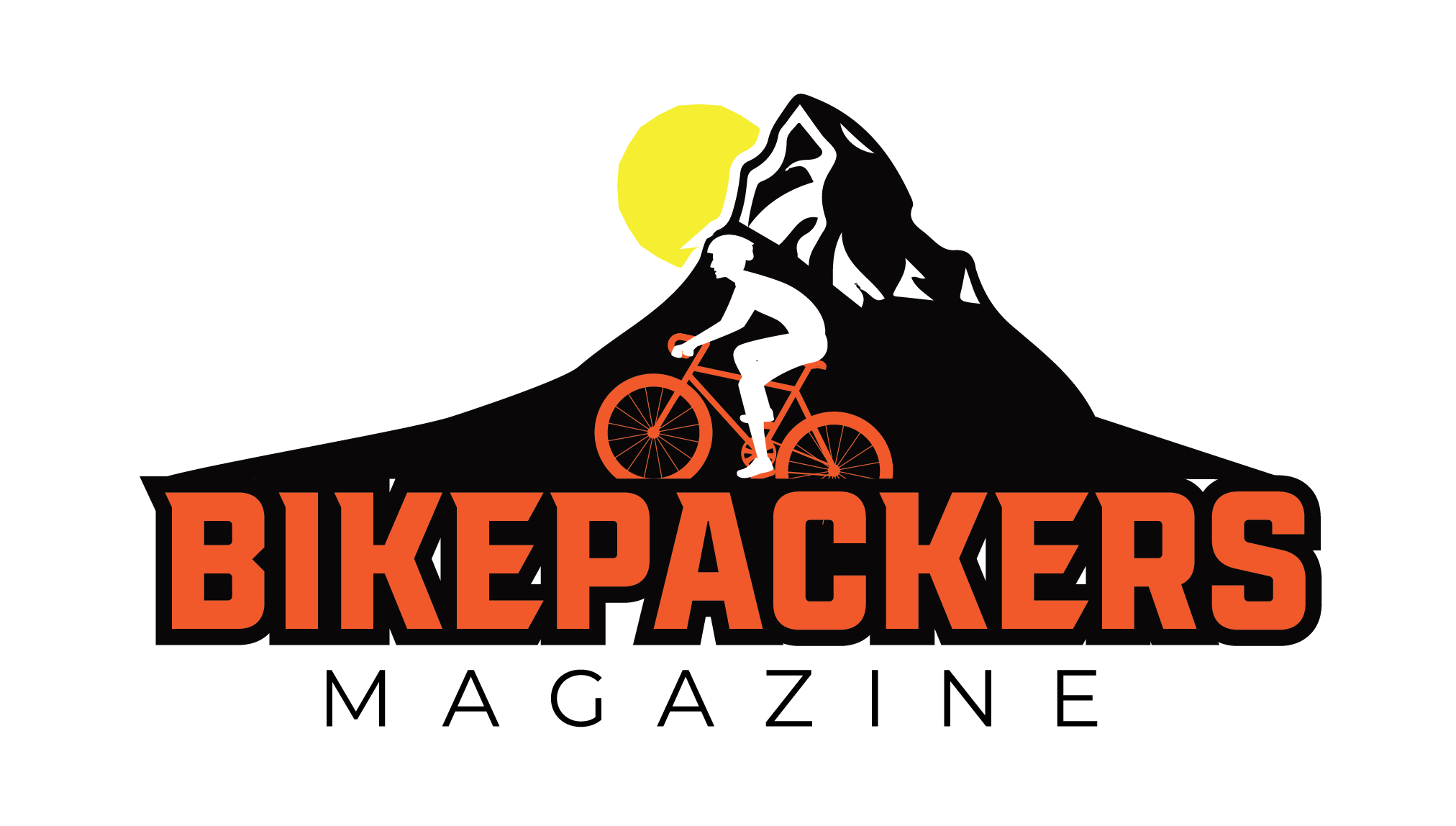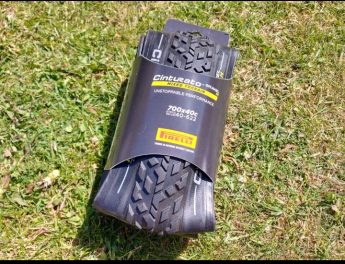Introduction
Quick Navigation
Pirelli Cinturato Gravel tires are available in two sizes, with Pirelli wrapping the same strong base carcass with two different toppers. The M stands for mixed and is a surefooted and gripping front match to the H (Hard) rear or a max control, fit and forget collar and cuff front and rear combo.
We previously rode and evaluated the Cinturato H tires. Now it’s time to look at the more rugged Pirelli Cinturato Gravel M. Since both tires share a lot of technology, there’s a lot of repetition, but we also go through the advantages of mixed terrain tires.
Construction
Pirelli designed its Cinturato Gravel tires to withstand the rigors of Italian gravel races. The twin-ply carcass is overlapped to be triple beneath the tread footprint, and the same nylon anti-puncture blanket is stretched from bead to bead. Furthermore, additional strengthening wraps around the base of the tire to just above the rim, as with the Gravel H. We tried the black-walled variant; however, there is a brown-walled ‘Classic’ option.
On the shoulders, the M has a chunky, wide-spaced arrowhead tread design that combines to form a tightly spaced linear center strip. Both Cinturato Gravel tires are outfitted with a unique ‘Speed GRIP’ rubber compound derived from Pirelli’s MTB tires. The 700x40mm sample we’re testing weighs 540g, comparable to the Panaracer Gravel King SK and Schwalbe G-One AT but 100g heavier than the Continental Terra Trail and WTB Resolute in the same size.
Performance
With a heavyweight and tractor-like appearance, we expected road work to be a loud slog on the Gravel M’s, and they do require considerable torque to accelerate. The highly damped carcass does not seem springy or energetic, but it is remarkably stable, especially with Pirelli’s suggested front pressure of less than 30psi. Running such low pressures gives them a smooth feel, which becomes more noticeable when things go quicker and rougher. The fact that the centerline tread cleans up quickly from carrying most of your weight while the open shoulders remain rather muddy demonstrates why they cruise along pretty nice once you get them up to speed.
The bombproof, damped construction means you don’t have to back off when the trails become rockier or more potholed. Thus they maintain momentum well on forest/moorland tracks/towpaths, etc. However, as soon as the tire dips into the softer ground, the rolling speed drops dramatically. The other bite provides consistent all-conditions traction, even when cornering aggressively or off-camber. That’s a big plus because many similarly aggressive-looking tires are rather restricted in terms of lean grip and may deliver a severe shock if you tip the bike in hard or try to shave grip up an off-camber bank or rut.
The additional terrain shaping and firm input that comes from stress-free low-pressure usage improve grip even more. Consequently, it was our nerve/ability to see at eyeball-shaking speeds that controlled how hard we could attack the roughest, most difficult terrain, not the tires’ capacity. To put it another way, if you’re looking for the gravel equivalent of Enduro tires, go no further.
While we haven’t had them long, they haven’t shown any symptoms of scuffing, tearing, cutting, or other damage, which is consistent with the remarkably long-lasting results we’ve seen with previous Cinturato road tires.
Pros
Good all-round wet and loose grip
Centreline still rolls fast
Stable and surefooted at low pressures
Tank tough and impressively puncture proof
Cons
The sturdy build takes some accelerating
Relatively slow off-road
Specs
Sizes: 700 x 35/40/45mm 650 x 45mm
Weight: 550g (Gravel M 700 x 40mm)
Width: 39.5mm (Gravel M 700 x 40mm)
Price: £54.99 (all sizes)
Verdict
Pirelli Cinturato Gravel M has a robust rather than energetic feel. Still, if you’re looking for truly durable and grippy fit-and-forget gravel all-rounders that also roll well on the road, they are one of the best alternatives available.
Also read,

